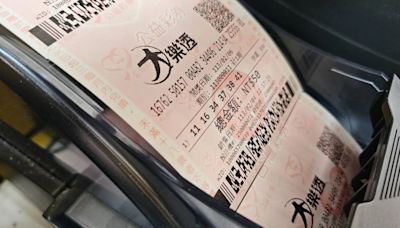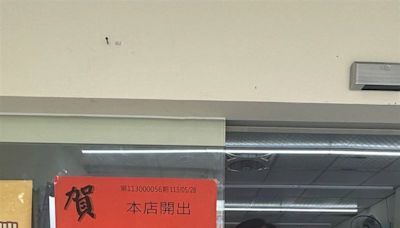搜尋結果
2009年4月29日 · Essay: Benjamin Mako Hill, 2005. “Towards a standard of freedom: Creative Commons and the Free Software Movement,” URL = http://mako.cc/writing/toward_a_standard ...
- Definition
- Description
- Interview
- Characteristics
- Governance Systems
- Status
- History
- Commentary
- Interfacting Sensorica's Peer Production with Classical Institutions
- A Case Study of Freeloading and Its Solutions at The Sensorica Lab
"Sensorica is not a corporation, it is not a coop, it is not an non profit, it is not an LLP. It is an open value network. From a legal perspective, it is a non-registered association. It is an open network of freelancers that coordinate and co-manage their work using some IT tools (the NRP-CAS) and some special governance."()?
1. Josef Davies-Coates: "Sensorica are an ‘Open Value Network’ focussed on two primary activities: creating open hardware products; and developing the Open Value Network (OVN) model. OVNs are variously described as “people creating value together, by contributing work, money and goods, and sharing the income” a “framework for many-to-many innovatio...
Tiberius Brastaviceanu, co-founder of the Sensorica project, is interviewed by Sebastian Klemm: 1. How does Sensorica showcase impact through collaboration? Tiberius Brastaviceanu: Sensorica belongs to a new category of organisations, it operates with the Open Value Network model. The notion of value networks was first introduced to the business wo...
By Kurt Laitner: 1. Sensorica IS NOT a 'non-profit' or 'for-profit'; it has no retained earnings and no assets; it is a flow through entity which is as formless as possible, for greater clarity, 2. Sensorica uses (HAS) a non-profit org and a custodian (legal form as convenient, LLC, LLP etc) to manage liability and interface to the old economy, but...
"Our open, decentralized and self-organizing value network requires a sound value accounting system, a fair reputation system and an accurate role assigning system. 1. The Value Accounting Systemrecords and evaluates every member's input. Revenues are calculated in terms of member's contributions. This system outputs a map of value sources and of t...
of the workings of the Open Value Networkin Sensorica. Bog Haugen, July 2015: "There are at least two parts of open value accounting: 1. Tracking peoples' contributions in such a way that when someproducts or services result in income, the contributions that wentinto those products and services can be found and rewarded. That part has been working ...
of Sensorica and its projects: "Sensorica was officially launched in February 2011, as a for-benefit open collaborative network, focused on open source development of sensors and smart systems. Initial efforts went into the development of the Mosquito sensor, the ambition being to demonstrate that peer production can be applied to material things. ...
"Here's a document I am working on, still early stage, about the general problem of redistribution of resources in society. https://sites.google.com/view/tiberiusbrastaviceanu/my-philosophy/economic-action/p2p-economics?authuser=0 My main argument is that the solution is radical, part of a new paradigm (we all know that already), and it takes off o...
Tiberius Brastaviceanu, Scott Laughlin, Jim Anastassiou "Sensorica is not a corporation, it is not a coop, it is not an non profit, it is not an LLP. It is an open value network. From a legal perspective, it is a non-registered association. It is an open network of freelancers that coordinate and co-manage their work using some IT tools (the NRP-CA...
Tiberius Brastaviceanu: "Sustaining the commons : the case for new norms and rules for the Sensorica community
Bio. "Kojin Karatani was born in 1941 in Amagasaki city, located between Osaka and Kobe. He received his B.A. in economics and M.A. in English literature, both from Tokyo University. Awarded the Gunzo Literary Prize for an essay on Natsume Soseki in 1969, he began working actively as a literary critic, while teaching at Hosei University in Tokyo.
San Pisith is a Buddhist Monk and an Early Stage Researcher at Ragnar Nurkse Department of Innovation and Governance. He has joined the Cosmolocalism project since September 2019 to pursue a Ph.D. at TalTech, Estonia. His Ph.D. thesis focuses on Buddhist Economics, Buddhist Governance, Commons, and Happiness and Public Purpose.
"Dijjer is a free (as in speech) P2P app that allows the distribution of large files to lots of people with little or no bandwidth overhead, in many regards it solves the same problem as BitTorrent, but with some key differences, which include:
7. Put people into an open system and they’ll automatically want to contribute: People take great care in making the articles objective, accurate, and easy to understand [on Wikipedia] (74). 8. When attacked, centralized organizations tend to become even more centralized: As we saw in the case of the Apaches and the P2P players, when attacked ...
Abstract. "The notion of Free Digital Labor has emerged at the center of scientific debate with the advent of platform capitalism. This notion denotes the apparently free activity that users perform on digital platforms, producing, often unknowingly, data without any monetary remuneration. It is therefore particularly useful in signaling the ...











